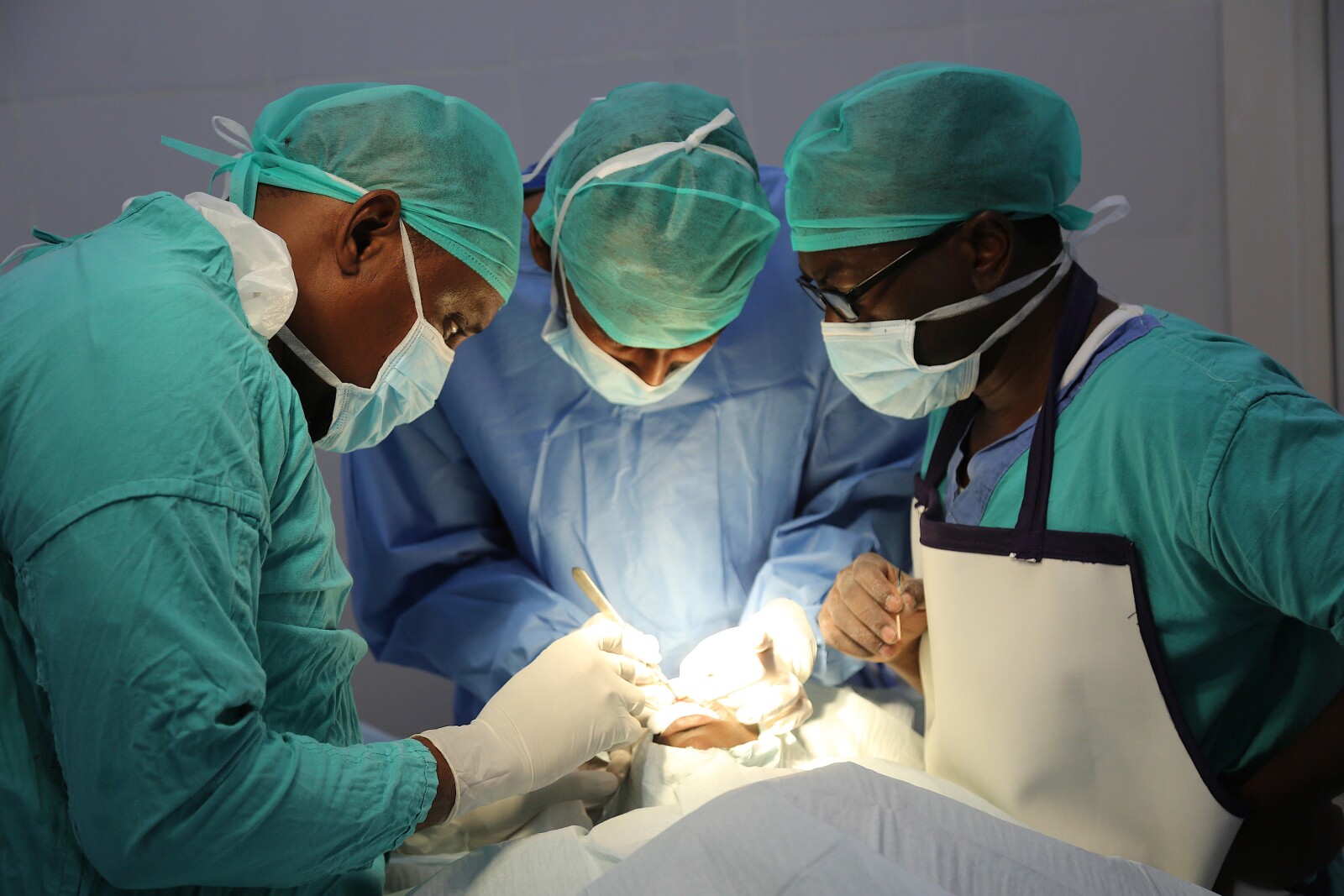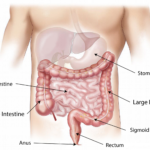Hip Replacement Complications: The Hidden Dangers
This article presents an in-depth exploration of potential complications related to hip replacement surgery. Both inherent surgical risks and specific issues linked to the implanted device are examined. Detailed insights into common complications such as osteolysis, dislocation, infection, and allergic reactions are offered. By unearthing these hidden dangers, the discussion aims to enhance understanding of the procedure's complexities, ultimately contributing to improved patient safety and more effective medical responses.

Key Takeaways
- Complications related to the hip replacement surgery itself include osteolysis, dislocation, inflammation and infection, different leg lengths, and blood clots.
- Complications related to the implanted hip device include heterotopic ossification, debris from metal hip implant devices (metallosis), femur fractures, early device failure, and migration of the implanted hip device.
- Specific complications related to hip replacement surgery include avascular necrosis, periprosthetic fractures, and the increasing trend of migration of the implanted hip device.
- These complications can cause serious health issues, require revision surgery, and may even lead to legal complications.
Understanding the Risks: Complications Related to Hip Replacement Surgery
How can we best mitigate the various complications, such as osteolysis, dislocation, and infections, that are associated with hip replacement surgery? The answers lie in effective presurgical planning, advanced surgical techniques, and comprehensive postoperative care. Enhanced recovery protocols, such as early mobilization and a multimodal approach to pain management, can significantly reduce complications. Minimally invasive surgical techniques, designed to minimize tissue disruption, have been linked to reduced postoperative pain and quicker recovery. Furthermore, meticulous surgical technique can help prevent dislocation and osteolysis. Postoperative care, including targeted physical therapy and patient education on recovery tips, is crucial. Patients need to understand the importance of adhering to recommended activity modifications to prevent dislocation and infection. Proactive measures can significantly reduce the risk of complications associated with hip replacement surgery.
The Implant Dilemma: Complications Related to the Implanted Hip Device
The complications associated with the implanted hip device, often referred to as 'the implant dilemma', range from early device failure to issues such as heterotopic ossification and metallosis. Metal on metal implants have contributed significantly to this dilemma. These implants can shed metallic debris into the body, leading to a condition known as metallosis, a type of metal poisoning. Symptoms can include cardiomyopathy, neurological changes, and skin rashes. The prevention of hip implant complications lies in early detection and intervention. Regular follow-ups, radiographic assessments and blood tests to monitor metal ion levels are crucial. In severe cases, revision surgery is needed. A comprehensive understanding of these issues is essential for optimal patient care and to mitigate the implant dilemma.
Unraveling Specific Complications in Hip Replacement Surgeries
In the midst of hip replacement surgeries, certain complications can arise, such as avascular necrosis and periprosthetic fractures, and yet, with early detection and proper management, these complications can be successfully addressed. Advanced surgical techniques for reducing complications in hip replacement surgeries include minimally invasive surgeries, computer-assisted surgeries, and the use of modern prosthetics made of highly biocompatible materials. These techniques have been instrumental in reducing perioperative complications and improving long term outcomes and quality of life after hip replacement surgery. Moreover, post-operative rehabilitation plays a crucial role in ensuring a successful recovery. It is essential to educate patients about the potential complications and the importance of adhering to their post-operative care plan to ensure the best possible outcome.
Post-Surgery Pain and Other Complications After Hip Replacement
Managing post-surgery pain and other complications after hip replacement requires an interdisciplinary approach that includes tailored pain management strategies, physical therapy, and close monitoring for signs of infection or prosthesis failure. Effective pain management post-surgery is crucial for successful recovery and rehabilitation. This often involves a combination of pharmacological interventions, nerve blocks, and patient-controlled analgesia. Clinically, it's important to be vigilant for signs of infection, such as persistent pain, wound drainage, and fever. Long term effects of hip replacement surgery may include prosthetic wear and loosening, osteolysis, and periprosthetic fractures, emphasizing the need for routine follow-ups. A comprehensive care plan, attention to patient-specific considerations, and patient education are key in managing post-surgical pain and potential complications.
The Allergy Conundrum: Allergic Reactions to Hip Implants
Understanding the potential for allergic reactions to hip implants, particularly those involving metallic components, is crucial in mitigating post-surgical complications and ensuring patient safety. These allergic reactions may manifest as skin rashes, chronic pain, or implant loosening. Allergy management in such cases requires a personalized approach, guided by the patient's medical history, symptoms, and allergy tests. If an allergy is confirmed, treatment options for allergic reactions can include medication, physical therapy, and in severe cases, revision surgery to replace the offending implant. Moreover, advancements in material sciences are leading to the development of hypoallergenic implant materials, offering a promising avenue for future hip replacements. It's clear that a comprehensive understanding of potential allergic reactions and their management is essential in the realm of hip implant surgeries.
Frequently Asked Questions
What Is the Average Recovery Time for a Hip Replacement Surgery?
The average recovery time for hip replacement surgery typically ranges from 3 to 6 months. This period can vary based on factors like patient's health, age, and surgical techniques employed. Enhanced recovery programs focusing on postoperative mobility can expedite this process. Importantly, adherence to physical therapy and rehabilitation exercises is crucial for restoring joint function and strength. However, full recovery, marked by return to normal activities, can take up to a year.
What Measures Can Be Taken Before Surgery to Minimize the Risk of Complications?
To minimize the risk of complications in hip replacement surgery, several measures can be taken preoperatively. Proper nutrition ensures the body is well-prepared for surgery and recovery, promoting wound healing and boosting the immune system. Anxiety management, through methods such as counseling or meditation, can aid in reducing stress and improving overall surgical outcomes. Additionally, physical fitness and cessation of habits like smoking can also contribute to a successful surgery and recovery.
How Often Should Follow-Up Appointments Be Scheduled After Hip Replacement Surgery?
Follow-up appointments after hip replacement surgery should be initially scheduled within 2-6 weeks post-operation to assess surgical wound healing and to monitor for complications. Subsequent appointments are typically annual, but can vary based on individual requirements. It's important to discuss post-surgery lifestyle and rehabilitation exercises during these appointments to ensure optimal recovery and functionality of the hip joint. This schedule can be adjusted based on patient's progress and any arising complications.
How Does Hip Replacement Surgery Impact the Quality of Life in the Long-Term?
Long-term quality of life post-hip replacement surgery generally improves due to pain relief and enhanced mobility. However, lifestyle adjustments are often necessary. Patients may need to avoid high-impact activities to prolong the life of the prosthesis. Furthermore, potential mobility impact, such as changes in gait or leg length discrepancies, may require physical therapy or assistive devices. Despite these adjustments, many patients report significant improvements in daily functioning and overall life satisfaction.
What Are Some Alternatives to Hip Replacement Surgery for Treating Severe Hip Pain or Damage?
Non-surgical interventions for severe hip pain or damage can be a viable alternative to hip replacement surgery. These may include physical therapy, weight management, and pain management through medications. Regenerative therapies, such as platelet-rich plasma (PRP) and stem cell therapy, are emerging as promising treatment options. These therapies aim to harness the body's own healing mechanisms to repair damaged tissues in the hip joint, potentially mitigating pain and improving function.
Conclusion
In conclusion, hip replacement surgery, while beneficial for many, carries significant risks. Complications may arise due to the surgical process or the implanted device, leading to conditions such as osteolysis, dislocation, infection, blood clots, heterotopic ossification, and metallosis. More specific complications include device migration, avascular necrosis, periprosthetic fractures, and allergic reactions. Understanding these potential complications can enhance patient safety and the medical response, thereby improving overall surgical outcomes.

This post has been generated by AI and was not reviewed by editors. This is Not legal advice. Please consult with an attorney.




